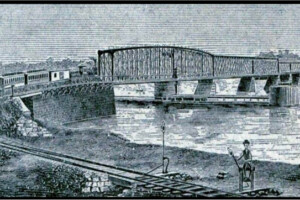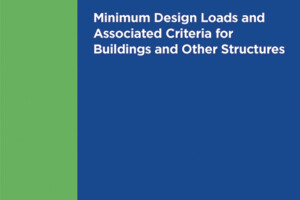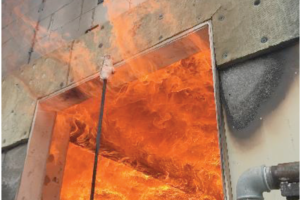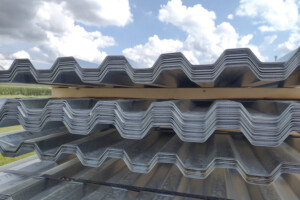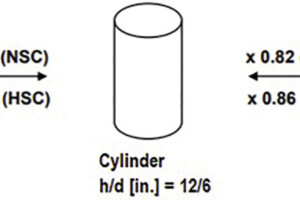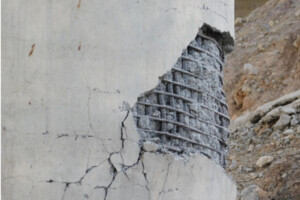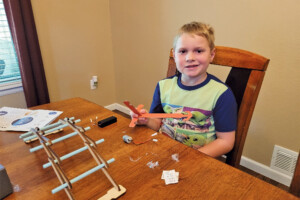A beginning primer for a career in civil engineering.
If you are a parent, you know, or will eventually realize, that toys are all-consuming. They take over your home. Your life. Everything. When translated to civil engineering and construction “speak,” they are a critical path to sanity. As such, it becomes crucial to evaluate the value of a proposed toy thoroughly. This is not necessarily the upfront cost, but the value it will bring to your child while factoring in the collateral damage to your mental health (pause here to clean up THAT toy for what seems like the millionth time). The goal, if you wish to proceed with the purchase, is that the toy will keep them blissfully busy—and learning—so you can finish those project calculations you cannot seem to get to and, let’s face it, so that you won’t feel guilty later for the two hours of cartoons they end up watching. With that goal in mind, this article reviews the Civil Engineer Starter Kit by KiwiCo through the eyes and experience of a 14-year-old, 10-year-old, and 8-year-old. Also present during testing were two adult electrical engineers (becomes relevant later), one adult structural engineer, one adult mechanical engineer, and an almost 5-year-old. Disclaimer: Every kid is different, so proceed while keeping your child and situation in mind. And if you don’t have kids, you might learn something too and have fun doing it!
… Read More →


